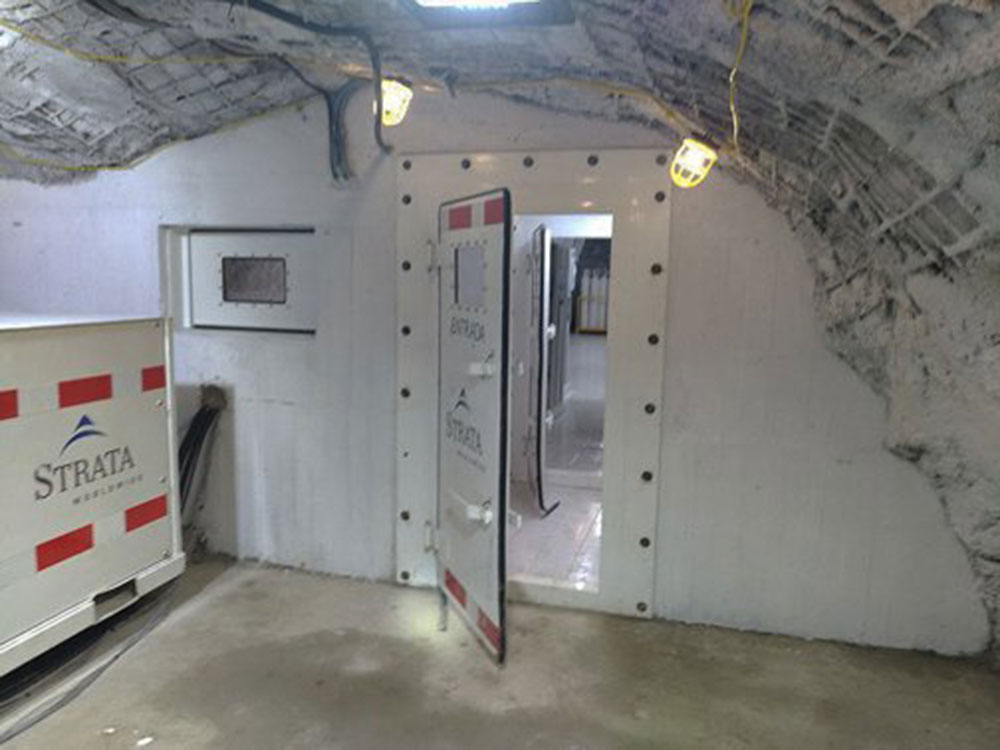
You’ll need to shield yourself from the thermal and nuclear radiation, as you could die if exposed. If you’re five kilometres away, you have less than 15 seconds. So if you’re one kilometre away from the epicentre, you have less than three seconds to find cover. The shock wave travels faster than the speed of sound (about 343 metres per second). This will destroy or damage all built structures within a certain radius from the epicentre, depending on the yield and height of the burst.įor example, a 15 kiloton bomb would have a fireball radius of about 100 metres and cause complete destruction up to 1.6 kilometres around the epicentre.Ī one kiloton bomb – similar to the 2020 ammonium nitrate explosion in the Lebanese capital Beirut – would have a fireball radius of about 50 metres, with severe damage to about 400 metres. This consists of an overpressure shock wave followed by an outward blast wind, often with reverse winds returning to ground zero.

But to survive the next few seconds, there’s a few things you’ll need to do. The fact you’ve lived this long means you’re on the periphery, not at ground zero. You’ve now survived the first seconds of a nuclear detonation, hopefully a “tactical” bomb smaller than that at Hiroshima (which was the equivalent of 15 kilotons of TNT). You find cover to shield the worst of the heat and radiation. You’ve also received substantial doses of invisible nuclear radiation: gamma rays, X-rays and neutrons.

Wearing pale-coloured clothing or being indoors will help. The intense thermal radiation also causes skin burns, possibly through your clothing. It gets incredibly hot and bright, and you shield your eyes to avoid retina burns. The brightness suddenly vanishes, but returns again a short while later and continues – the distinctive double flash caused by competition between the fireball and shock wave.


 0 kommentar(er)
0 kommentar(er)
